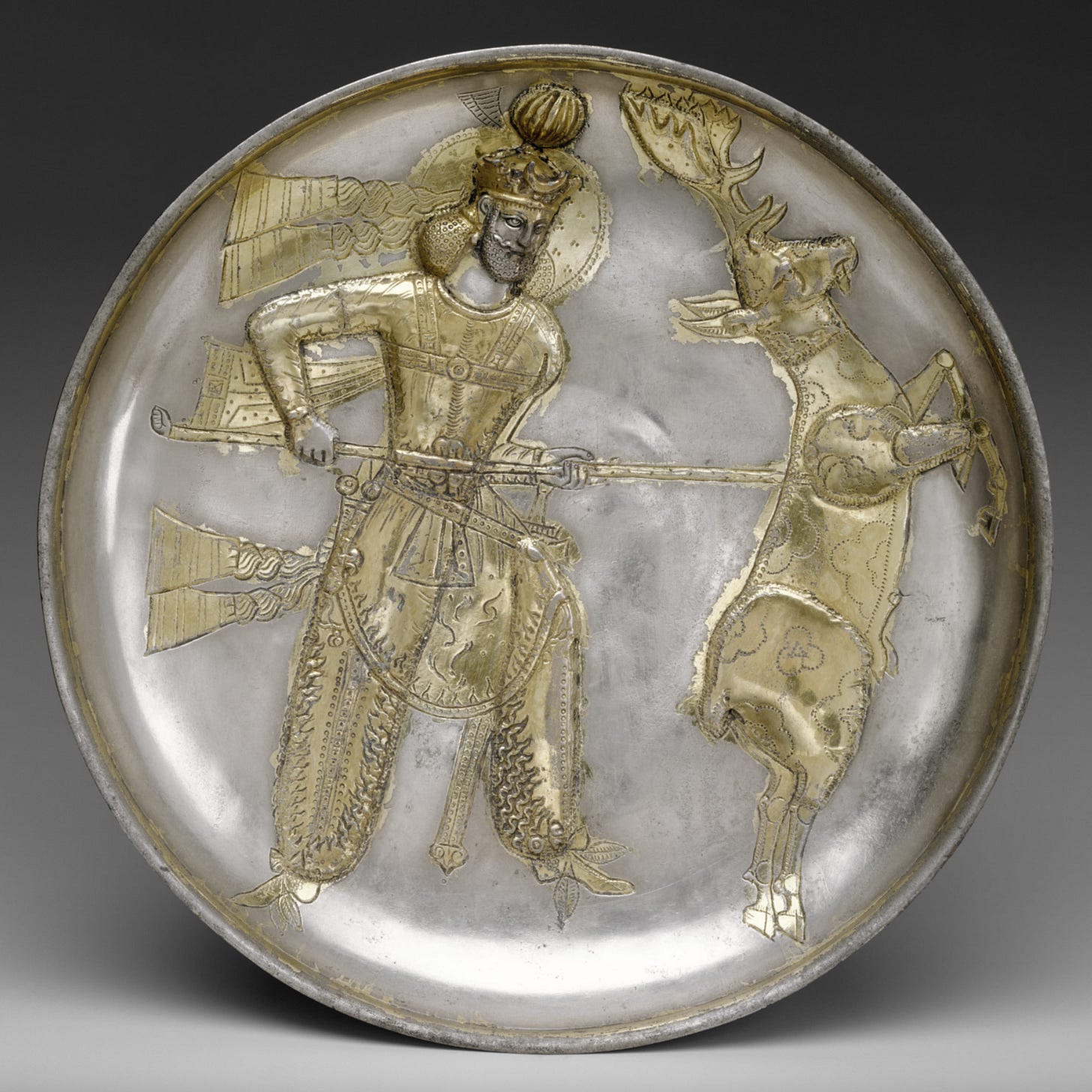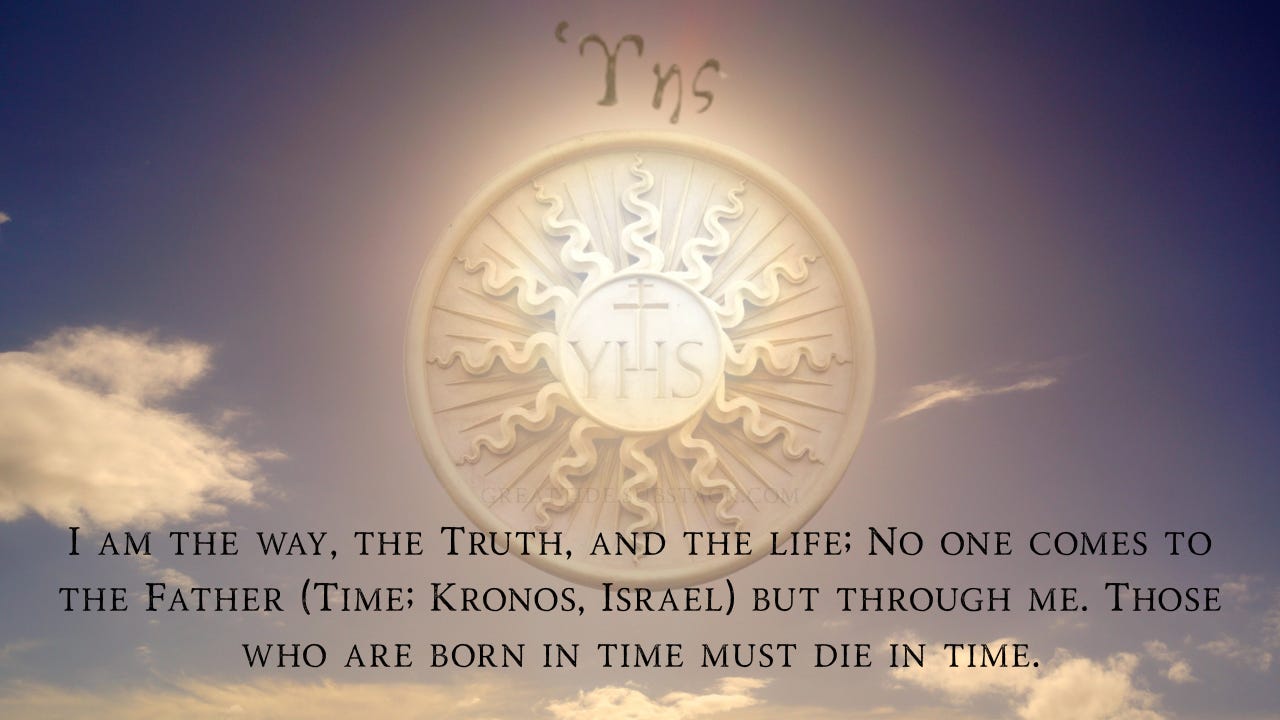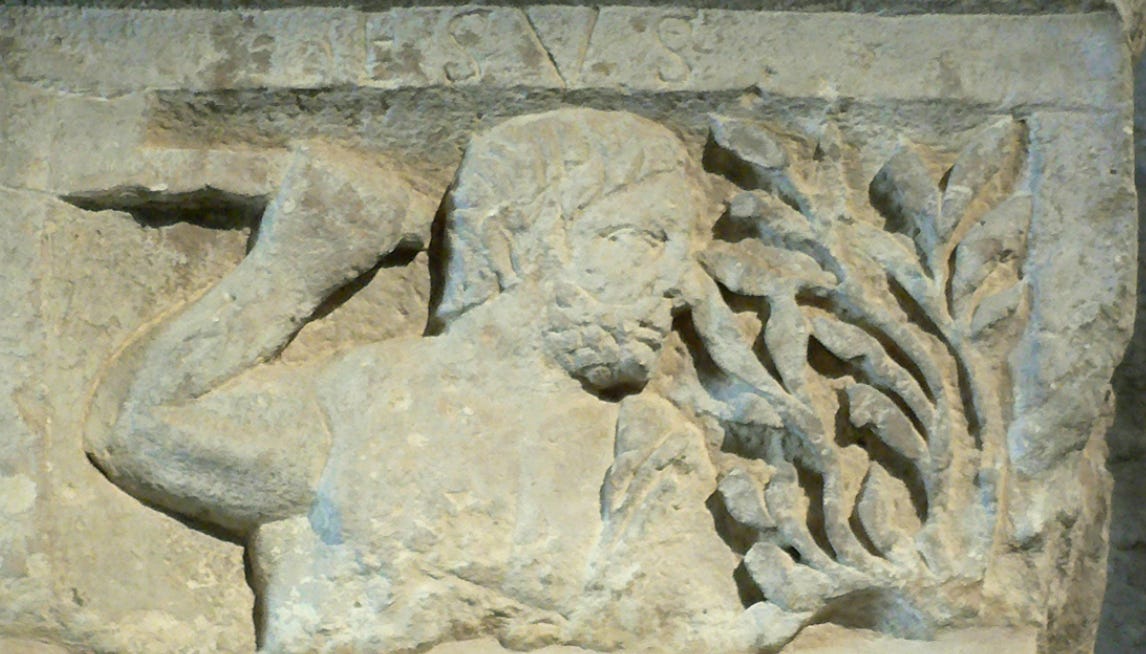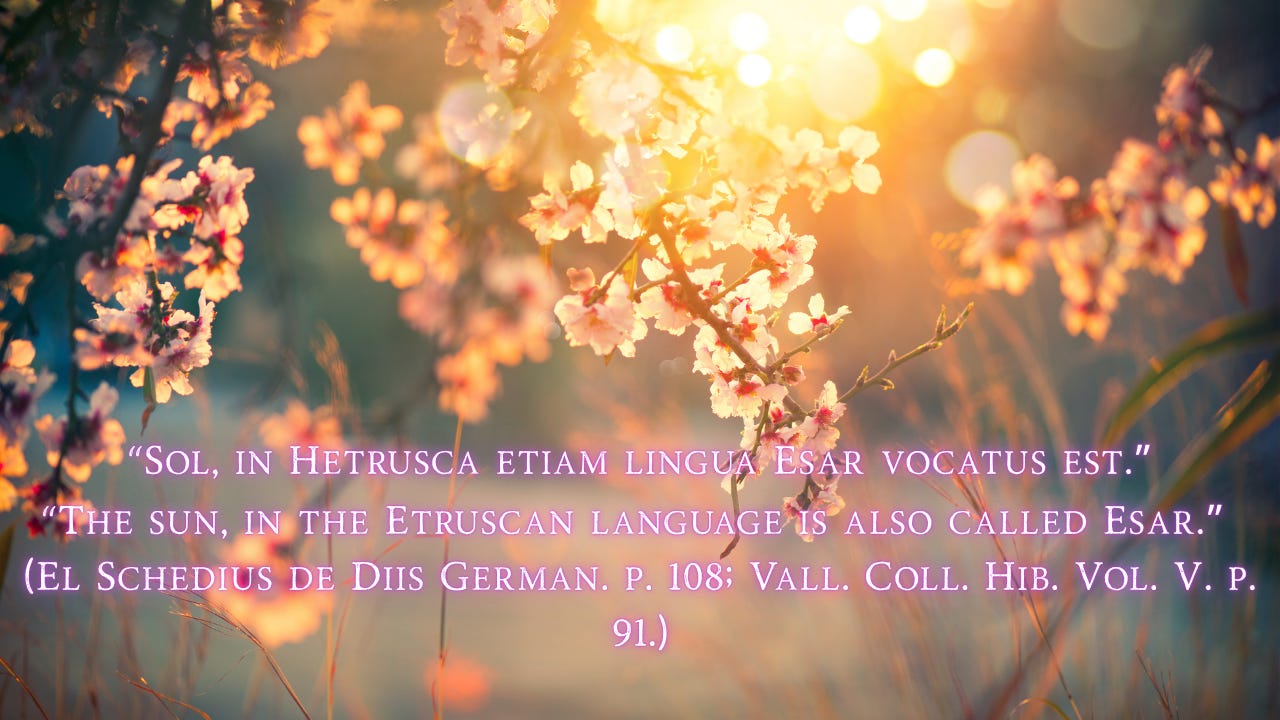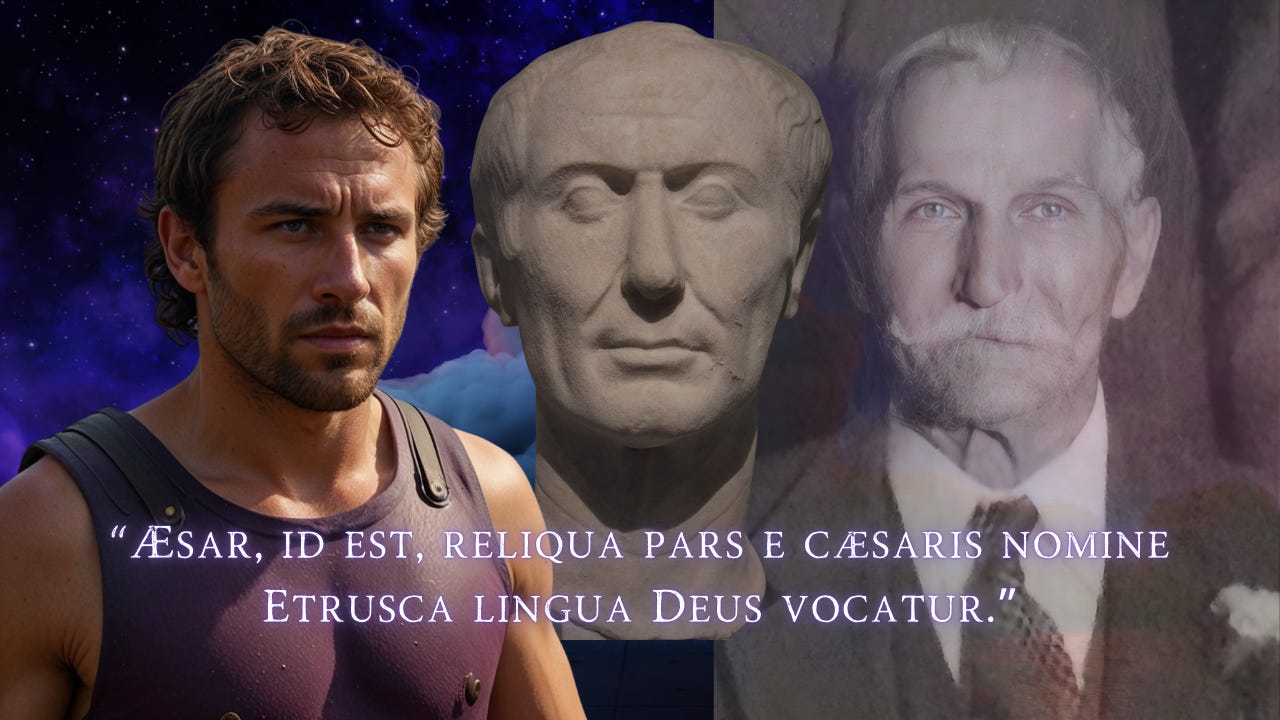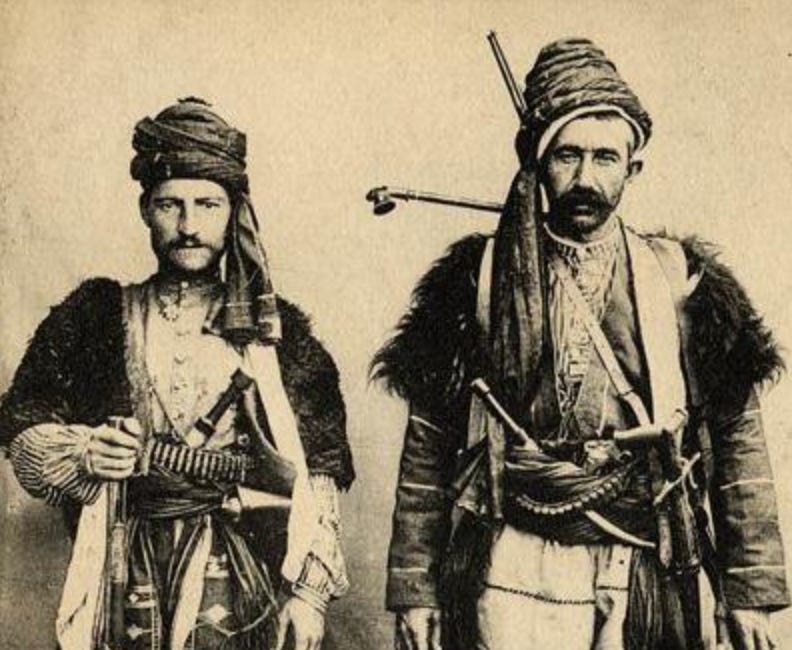Zoroaster
Jacob Bryant wrote (Analysis of Ancient Mythology, pp. 108-9.), “The celebrated Zoroaster seems to have been a personage as much mistaken, as any, who have preceded. The ancients, who treated of him, have described him in the same foreign light, as they have represented Perseus, Dionusus, and Osiris.”
This is because he is the same: the sun.
Bryant continued (Ib.), “And as among the ancients, there was not a proper uniformity observed in the appropriation of terms, we shall find more persons than one spoken of under the character of Zoroaster: though there was one principal, to whom it more truly related. It will be found, that not only the person originally recorded, and reverenced; but others, by whom the rites were instituted and propagated, and by whom they were in after-times renewed, have been mentioned under this title: Priests being often denominated from the Deity, whom they served.
“Of men, styled Zoroaster, the first was a deified personage, reverenced by some of his posterity, whose worship was styled Magia, and the professors of it Magi. His history is therefore to be looked for among the accounts transmitted by the ancient Babylonians, and Chaldeans. They were the first people styled Magi; and the institutors of those rites, which related to Zoroaster.”
The Chaldeans are thought to be what is referenced in the Bible as Kasdim. I don’t necessarily agree, but Rev. Robert Taylor had this to say, “The Chasdim, translated the Chaldees, not being a national name, but a professional one; signifying the same as the magicians, the astrologers, the soothsayers, with which synonymous terms it is continually associated.”
Again, “The apostle assures you, that the main circumstances related of Abraham and Sarah are allegorical.
“Now! you read that those personages or personifications, or whatsoever or whosoever they were, this Abraham and Sarah, and their story, be what it may, was of Chaldaic origin: their very definition, in the sacred text itself, is, Abraham and Sarah, of Ur of the Chaldees. Follow, then, the clue thus put into your hands, and you arrive at the admission that the—
People of Chaldea, the first and deepest skilled in astronomical science of all people, professed and delighted in veiling their astronomical science, under precisely such allegorical histories as that of Abraham and Sarah appears to be.
That they were followed in the rage for doing this, by the astronomical priests of India, of Phœnicia, Egypt, Greece, and Italy. (I don’t agree with this direction of cultural diffusion, but this is Taylor’s work, not mine.)
That their first drafts and sketches of these imaginary histories, were plagiarised and carried over from one nation and language to another, even when the sense and significancy was entirely lost: and thus have we, in the Book of Genesis (which is a hasty and careless compilation of several versions), those ridiculous repetitions, which betray that the compiler himself did not even cast his eyes back to observe what he had written, nor reck his own read. He tells his tales twice over, and you have two editions of all the leading features of his story. His Abraham, in the 12th chapter, sells his wife to Pharaoh, King of Egypt, and the Lord plagued Pharaoh: and in the 20th, he sells her again to Abimelech, King of Gerar, and the Lord again plagued Abimelech. In the chapter immediately preceding our text, it was Abraham who laughed at God, and laughed till he could not stand, at precisely the same spurcity (filth, impurity), while in our text it was Sarah who laughed at it, and incurred the ridiculous rebuke of the Omnipotence.”
Bryant continued (Ib. pp. 109-10.), “From them this worship was imparted to the Persians, who likewise had their Magi. And when the Babylonians sunk into a more complicated idolatry, the Persians, who succeeded to the sovereignty of Asia, renewed under their Princes, and particularly under Darius the son of Hystaspes, these rites, which had been in a great degree effaced, and forgotten. That king was devoted to the religion styled Magia; and looked upon it, as one of his most honourable titles, to be called a professor of those doctrines.
“The Persians were originally named Peresians, from the Deity Perez, or Parez the Sun; whom they also worshiped under the title of Zor-Aster. (This name could be looked at as Lord-Star, from a Greek perspective, or Lord-Journey if looked at from a Celtic perspective, as Tsr, tzur, Tyre, sur, sar, etc., signify Lord. Aster means star in Greek, while astar means journey in Irish. Either way this could signify the sun or the journey it makes on the ecliptic.
“They were at different æras greatly distressed and persecuted, especially upon the death of their last king Yesdegerd.”
The name is now spelled Yazdegerd in English. It is claimed (on Wiki) that the name Yazdegerd is a combination of the Old Iranian yazad, or yazata (divine being) and karta (made), thus the name signifies God-made. But I suspect what people are calling divine being is none other than the sun. It is seen in the root for Jesus, YES, or YHS (ΥΗΣ), the monogram of Bacchus, which has been Latinized as IHS, god of fire, the sun, an obvious symbol used by the Jesuits.
You may have noticed this name is similar to Asgard, the boundary of As, or Aes, or the circular enclosure of the sun’s ecliptic, the Zodiac. Aes, or As, is a gothic name for Odin. As (אש), sometimes written as Es, is fire in Hebrew (pronounced esh), the same as the root of the Roman-Gallic Esus, god of war.
In my opinion, it originates from the Etruscan Esar, the name of the sun, as well as Aesar, the name of God, based on the fact that none of the ancient Italian languages can be translated, an indication that they are older.
Aesar is also the name of God in Irish, whose language is demonstrated to be directly descended from ancient Sicilian.
Hebrew was able to be translated because of Arabic. Etruscan and other indigenous Italian languages should be able to be translated because of Latin, but it cannot be.
I wrote in The Holy Sailors, “The affinity between Celtic, Sanskrit, Roman, and English is undeniable. From Edinburgh Rev. 1809, from Wilkins’ Grammar; Toland, Hud., p. 384, a list of these words were compiled, and the first letter for each language will be used to correspond to the words in those languages after their English meaning is stated, i.e. c for Celtic, s for Sanskrit, and r for Roman. What does it mean if two of the three languages conform to the same first letter while the other doesn’t? Is it a clue to a language being older or younger than the other two? Or is this a pattern not worth noticing?
“God (c. Dia, s. Deva, r. Deus), Cultivated land (c. Aran, s. Aram, r. Aratum), A mother (c. Mathair, s. Matara, r. Mater), A brother (c. Bhrathair, s. Bhratara, r. Frater; b and f interchange; the Celtic and Sanskrit conform), A prophet (c. Faid, s. Vadi, r. Vates), Land (c. Ter, Tir, s. Dhara, r. Terra; recall the d and t interchange), Ground (c. Uim, s. Bhumi, r. Humus), A priest (c. Sacard, s. Sacradas, r. Sacerdos), A door (c. Doras, s. Dwara, r. Fores; here we see d, dw, and f interchange; the Sanskrit and Celtic conform), A word, a vowel (c. Focal, s. Vac, r. Vox, vocalis), Wet, drunk (c. Maothadh, s. Matta, r. Madidus), Great (c. Maighne, s. Maha, r. Magus), The knee (c. Gein, s. Janu, r. Genu; Capricorn, the first third of winter and the location of the solstice, the gates of the year, corresponds to the knees and these words are similar to Janus and Ganesha), A month (c. Mis, s. Mass, r. Mensis), A king (c. Riogh, s. Raja, r. Rex; these are similar to rojo, meaning red), A ship (c. Naoi, s. Nav, r. Navis), A calamity (c. Cladh, s. Clada, r. Clades), A day (c. Di, s. Divos, r. Dies), Sound (c. Son, s. Swana, r. Sonus), A station (c. Stadh, s. Sthan, r. Statio), Fear (c. Bim, s. Bhim, r. Timor; here we see b and t interchange; the Celtic and Sanskrit conform), A pen (c. Peann, s. Parna, r. Penna), The middle (c. Meadhon, s. Madhya, r. Medium), A wheel (c. Roth, s. Ratha, r. Rota), A woman (c. Fem, Femen, s. Vamini, r. Fœmina; the Celtic and Roman conform), A man (c. Fear, Fir, s. Vir, r. Vir), Strength (c. Falla, s. Vala, r. Valor), A thing (c. Read, s. Rai, r. Res), The mind (c. Mein, s. Mana, r. Mens), New (c. Nuadh, s. Nava, r. Novus), Stable (c. Stabul, s. Sthir, r. Stabilis), Red (c. Ruadh, s. Rudhir, r. Ruber; note how close the Celtic is to the Hebrew word for Holy Spirit; it’s the same word with Ad, or Buddha/God, added), A place (c. Loc, s. Loca, r. Locus), Lust (c. Ludhd, s. Lubhda, r. Lubido), Thou (c. Tu, s. Twau, r. Tu), Heaven (c. Ceal, s. Cealas, r. Cœlum), and Holy writ (c. San-Scriobhte, s. Sanskrita, r. Sanctum scriptum).
“Now let us look at the affinity of these languages for the numbers one through ten: One (c. Aon, s. Ec, r. Unus), Two (c. Da, s. Dwau, r. Duo), Three (c. Tri, s. Traya, r. Tres), Four (c. Ceithar, s. Chatur, r. Quatuor), Five (c. Coig, s. Pancha, r. Quinque), Six (c. Sia, s. Shat, r. Sex), Seven (c. Seachd, s. Sapta, r. Septem), Eight (c. Ochd, s. Ashta, r. Octo), Nine (c. Noi, s. Nova, r. Novem), and Ten (c. Deich, s. Dasa, r. Decem).
“Considering that languages only have to share eight words before it becomes 100,000 to 1 odds they’re descended from a parent language, or for those words to be introduced by the same source, surely you appreciate the mathematical impossibility of these languages not being descended from the same source or from one another.”
There is not one Etruscologist worth his salt that doesn’t comprehend that Latin is a lingua franca of the Ancient Italians. The oldest inscription from India, if you believe it’s authentic, is only circa the 3rd century BC. It follows logically, that this undeniable affinity between Celtic, Latin, and Sanskrit is a result of being descended from Etruscan culture, and/or whatever they were prior to that, i.e., Villanovan. This means, that all of the Persic influence that is claimed to be from India, or the Brahmins, is actually a result of the system spreading from Europe to Persia, and then Bactria, not originating in Bactria as imagined.
Thomas Astle wrote, “The Persians had no great learning among them till the time of Hystaspes, the father of the emperor Darius Hystaspes. The former, we are told, travelled into India, and was instructed in the sciences by the Bramins, for which they were at that time famed (Univ. Hist. Vol. V, p. 130). The ancient Persians contemned riches, and were strangers to commerce; they had no money amongst them, till after the conquest of Lydia (Ib. p. 131). It appears by several inscriptions taken from the ruins of the palace of Persepolis, which was built near seven hundred years before the Christian aera (allegedly), that the Persians sometimes wrote in perpendicular columns, after the manner of the Chinese. This mode of writing was first used upon the stems of trees, or pillars, or obelisks. As for those simple characters found upon the west side of the staircase at Persepolis, some authors have supposed them to be alphabetic; others, hieroglyphic; whilst others have asserted them to be ante-diluvian: but our learned Doctor Hyde pronounces them to have been mere whimsical ornaments, though a late writer supposes they may be fragments of Egyptian antiquity, taken by Cambyses from the spoils of Thebes. In fine, the learned seem generally agreed, that the ancient Persians were later than many of their neighbours in civilization: it was never pretended that they were the inventors of letters.”
Fresh Batch #107: Egyptians, Etrusco-Phoenicians, Syrians, Indians, Persians, Arabians
We continue our exploration of The Origin & Progress of Writing by Thomas Astle, and I share my thoughts and notes on the subject.
There is a gap in history in my opinion, which is the cause of this, a result of something that happened regarding the creation of the Church and the advent of Christianity in the 3rd century AD, along with ecclesiastical history, written by Eusebius, and then the subsequent reimagining of history by the priest classes of the Middle Ages. To examine how I arrived at my conclusions, read the Spirit Whirled series, as well as The Real Universal Empire.
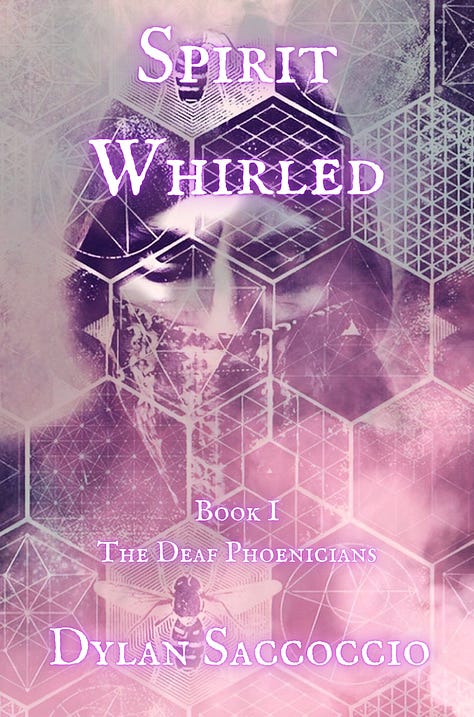
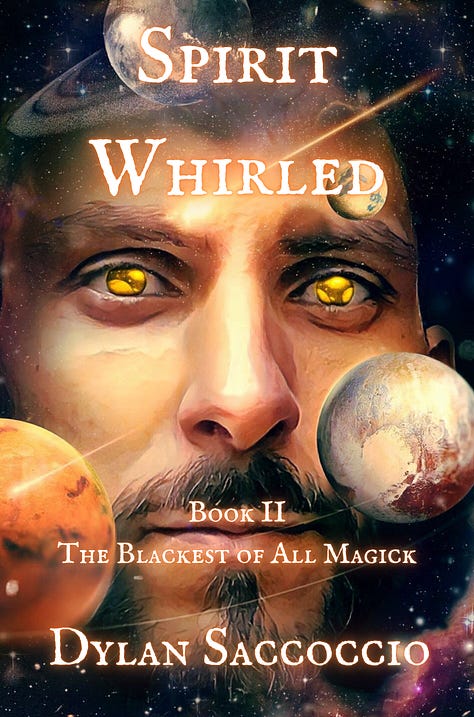


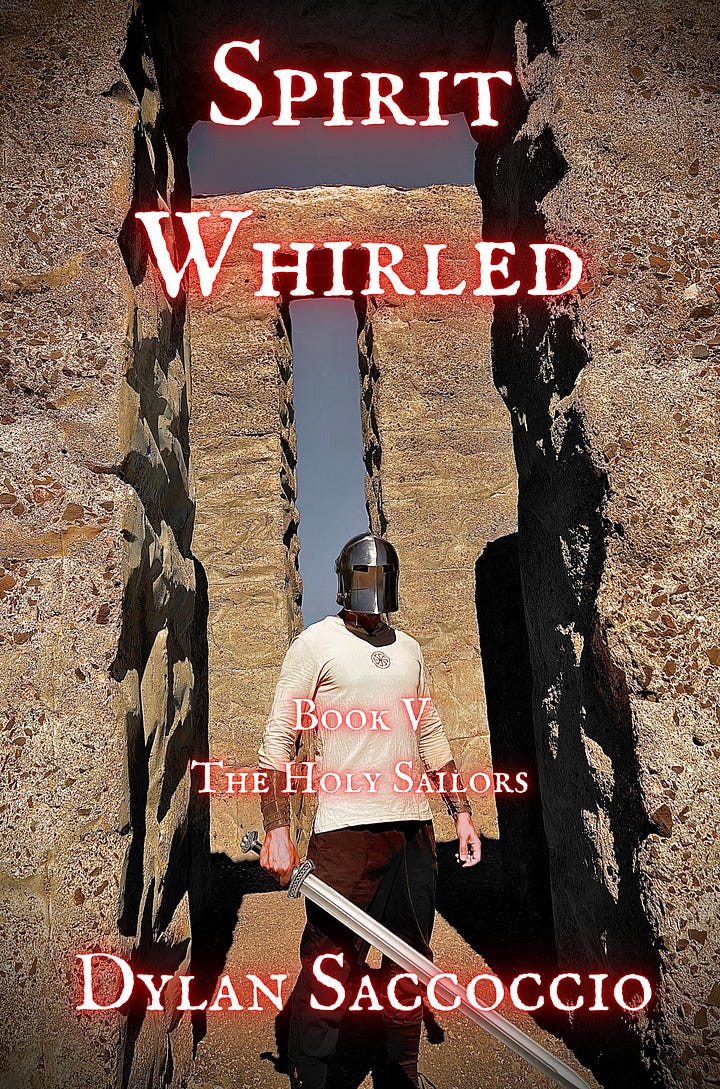
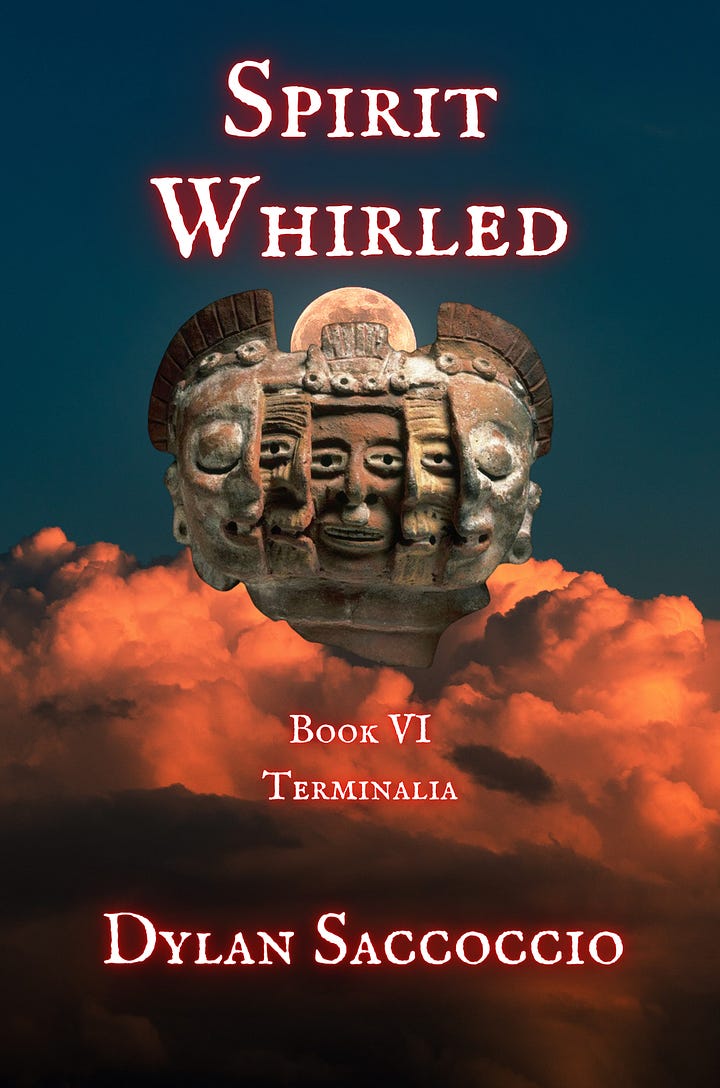

Become a member to access the rest of this article.
Keep reading with a 7-day free trial
Subscribe to Ancient History, Mythology, & Epic Fantasy to keep reading this post and get 7 days of free access to the full post archives.






